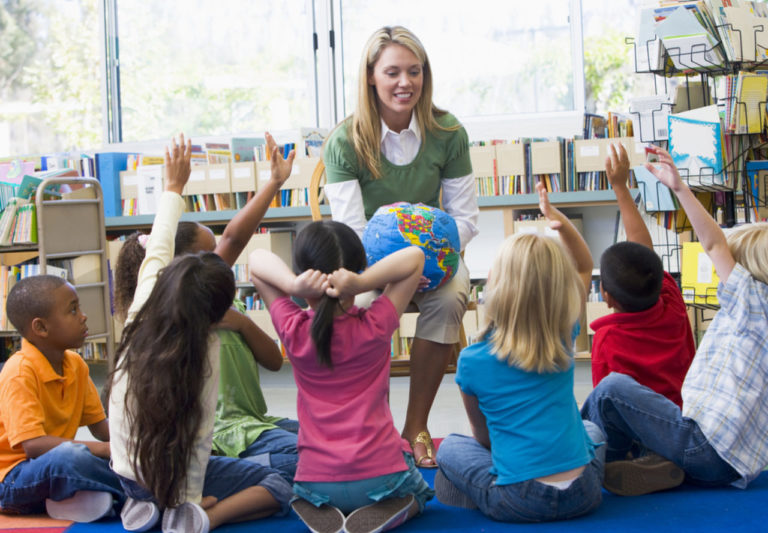Some children find it easy to study and get good grades at school while other children find it easy to have lots of friends and have what psychologists call social skills. A trait that is strongly associated with good academic results and social skills is the quality of the kindergarten that children go to as children. Quality of a kindergarten includes: the type of teaching, the level of education of teachers and headmaster, the number of children assigned to each teacher and the program that is followed. This is all rather obvious. However, less obvious is that the best results are obtained when the children are divided into big and small groups and when from time to time children of one group change places with those of the other group. The best programs are the ones that stimulate the interest of the children on certain issues (Geography, Climate, Biology or History) and then gradually, following pre-established procedures, new information is introduced. Mathematics or new adjectives become instruments to better explain the interesting phenomena that the children now want to learn about. Mathematics and language become progressively more complex tools that are necessary to better understand the phenomena of the world. The big groups and small groups are also tools to transfer information as well as learn to have a conversation and socialize in a deep way. It is not quite clear why it is better to have children belonging to two different size groups. Possibly, the way children are arranged in class and the stories that they find interesting and related to everyday life, are a combination that is positive for their academic and social future.


Leave a Reply